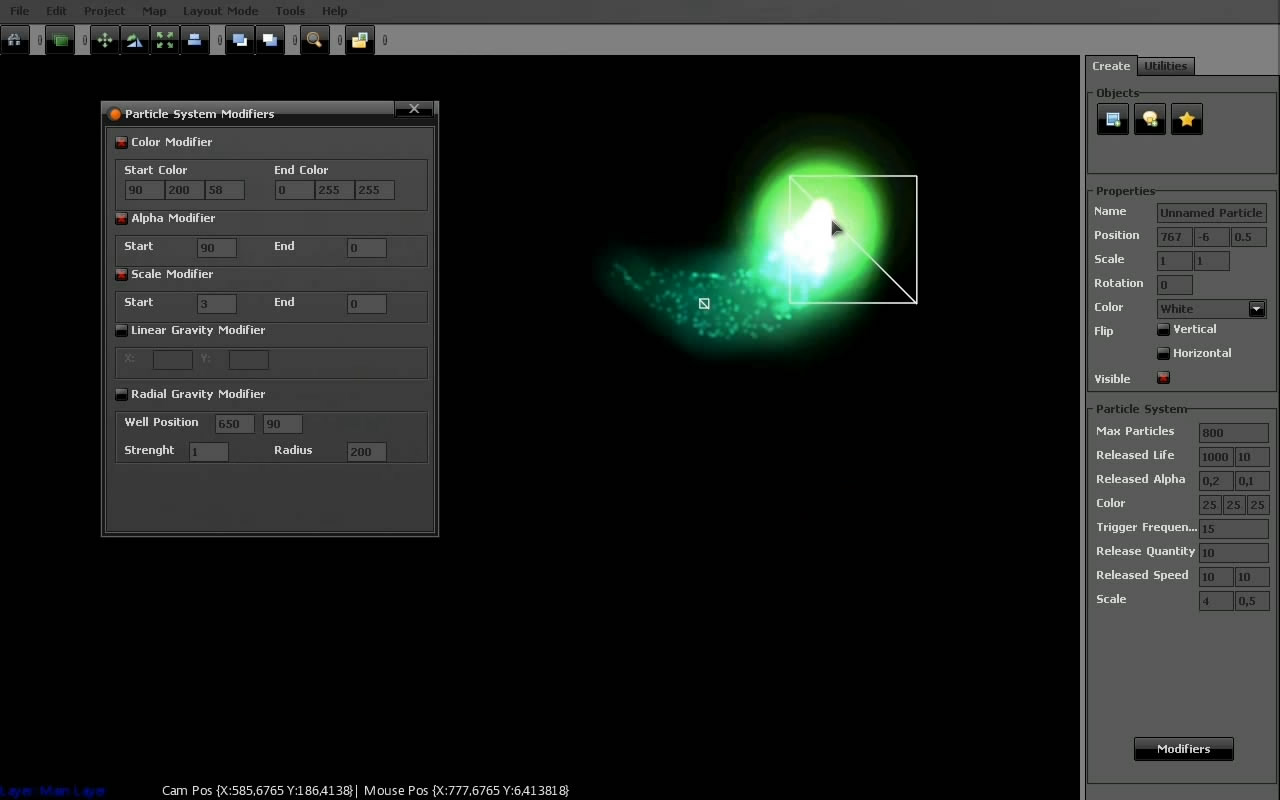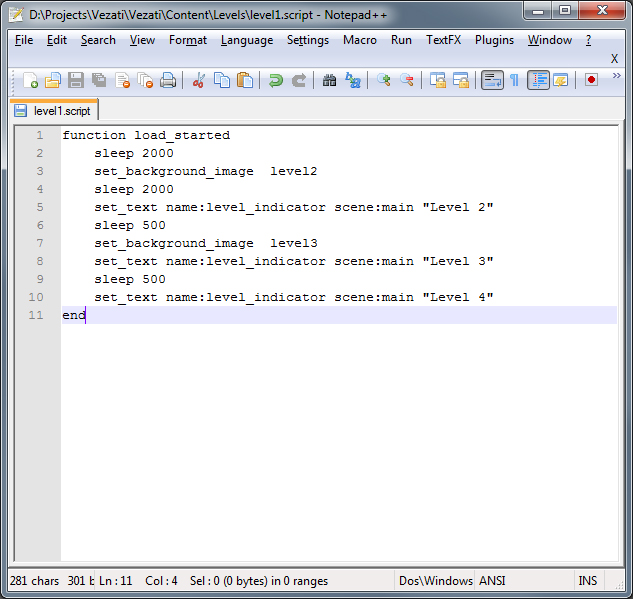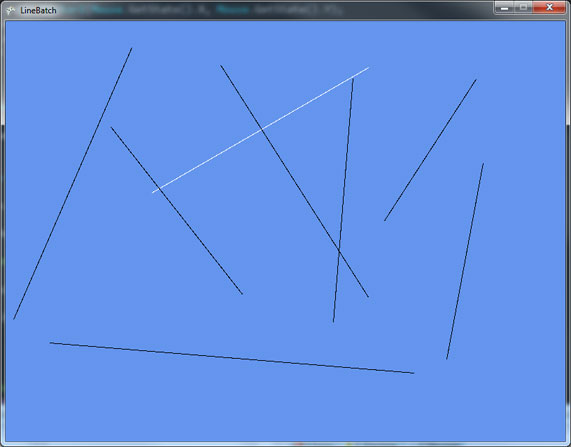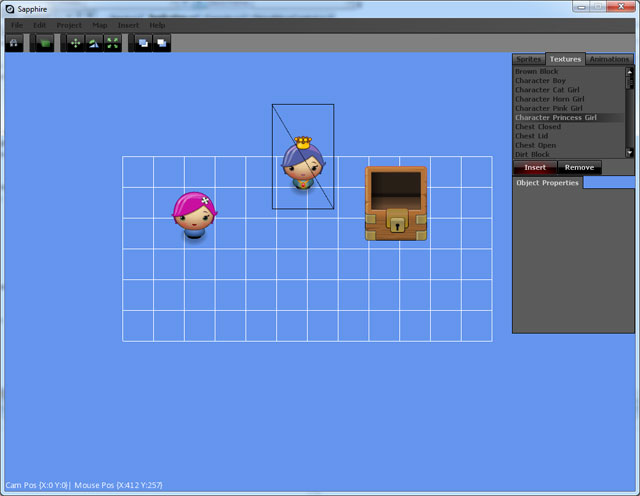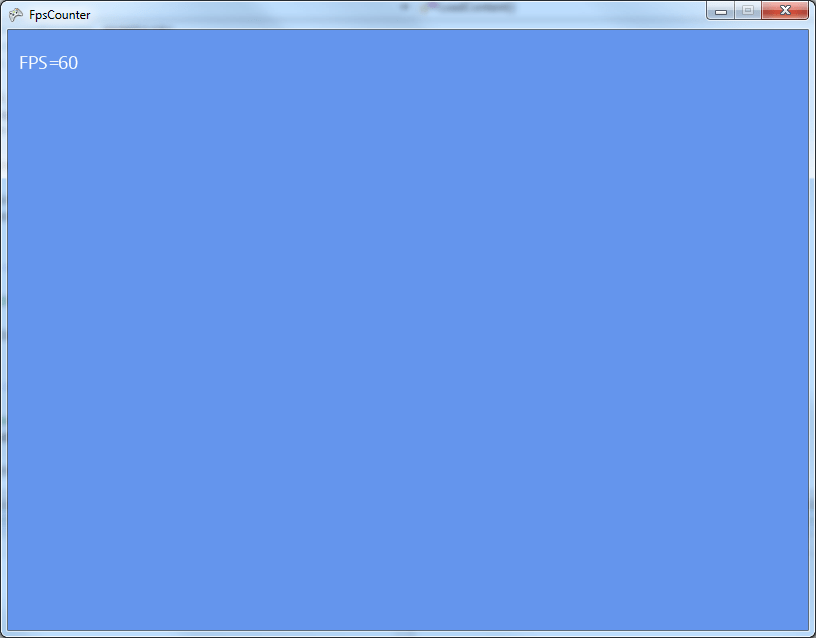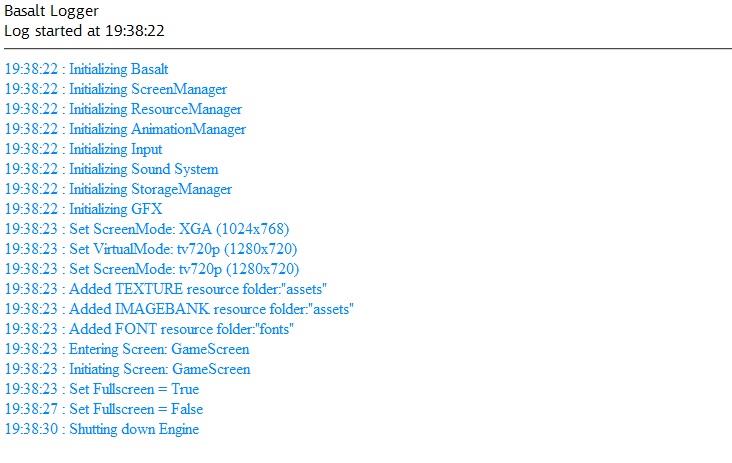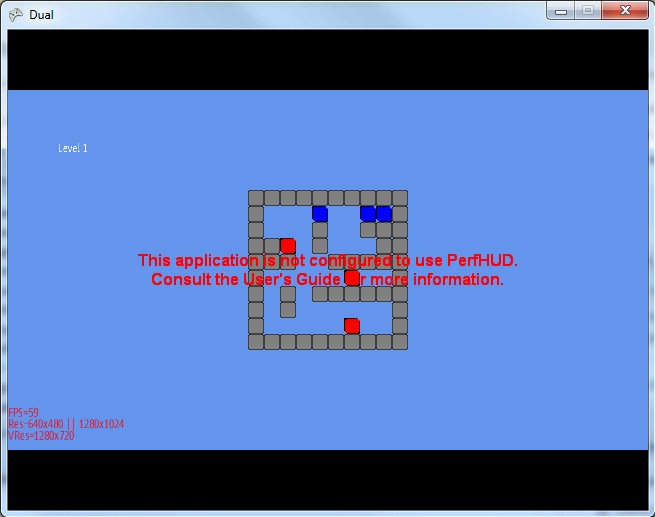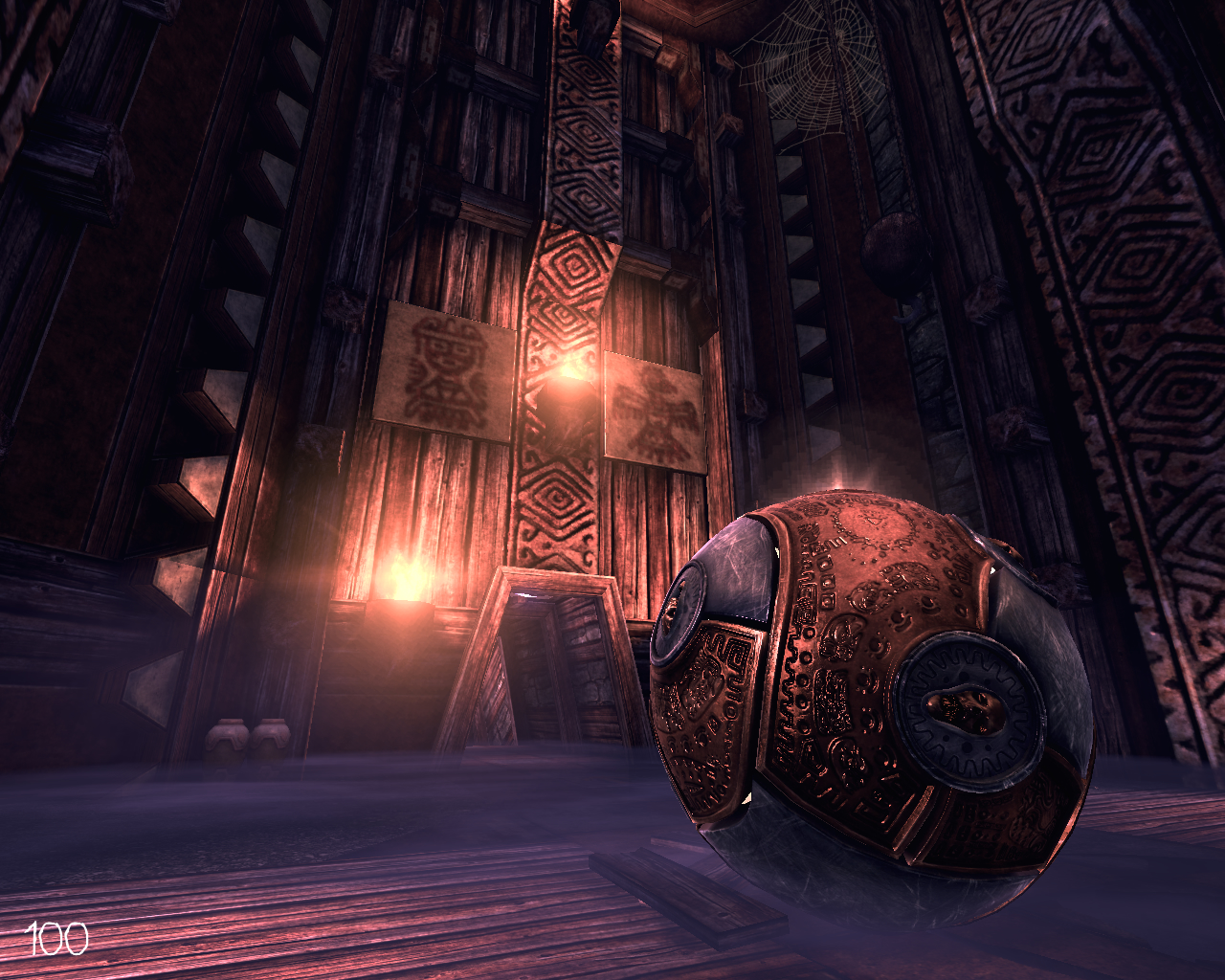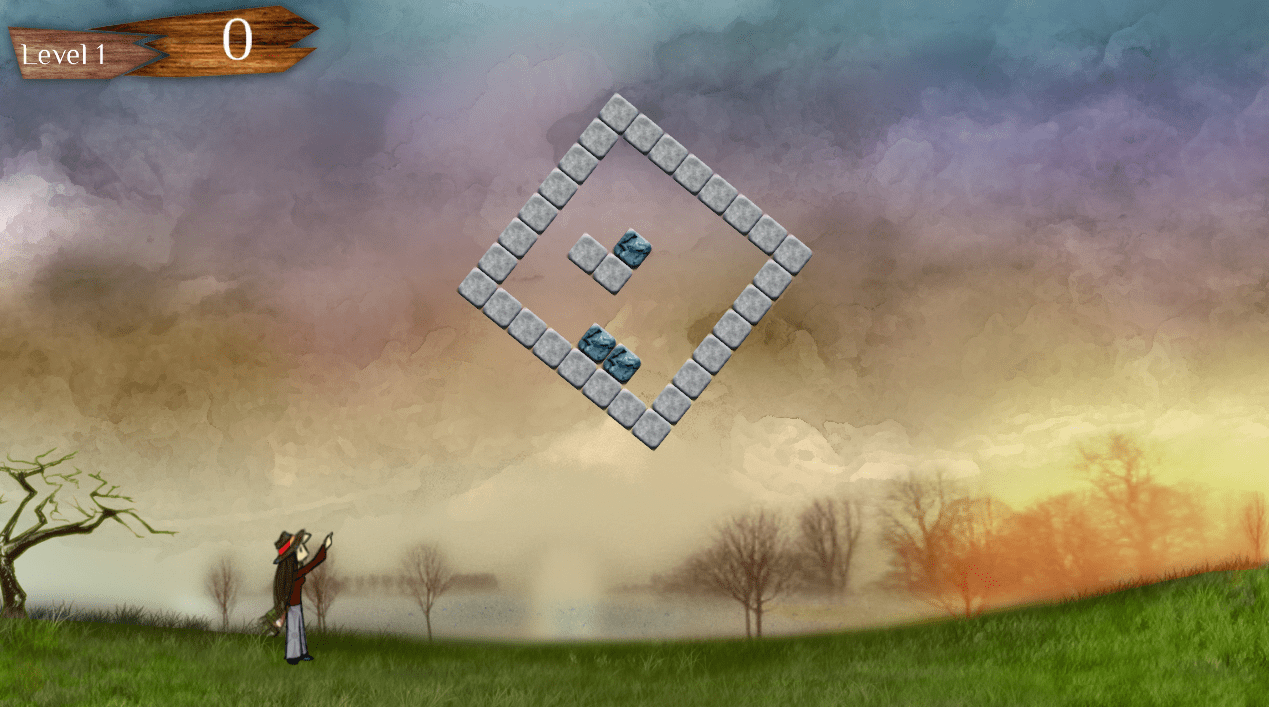
Vizati Teaser
Rita and I have been working on a demo for entering Dream Build Play competition and today she has finally finished the teaser for Vizati. It’s our game for entering the Dream Build Play 2010 competition and XNA Pizza Night. We started working on this around 3 weeks ago so it’s still an early draft from our vision of the game. Vizati is a puzzle game made by Different Pixel for Dream Build Play 2010 in which you need to connect the little vizati stones by color. There’s 2 different modes of playing it. One of them is story mode where the stone Vizati is discovered by some people and they try to find out what it is and uncover it’s secrets. The other one, Arcade mode is a more traditional way to play it but with special vizati stones and power-ups ...
